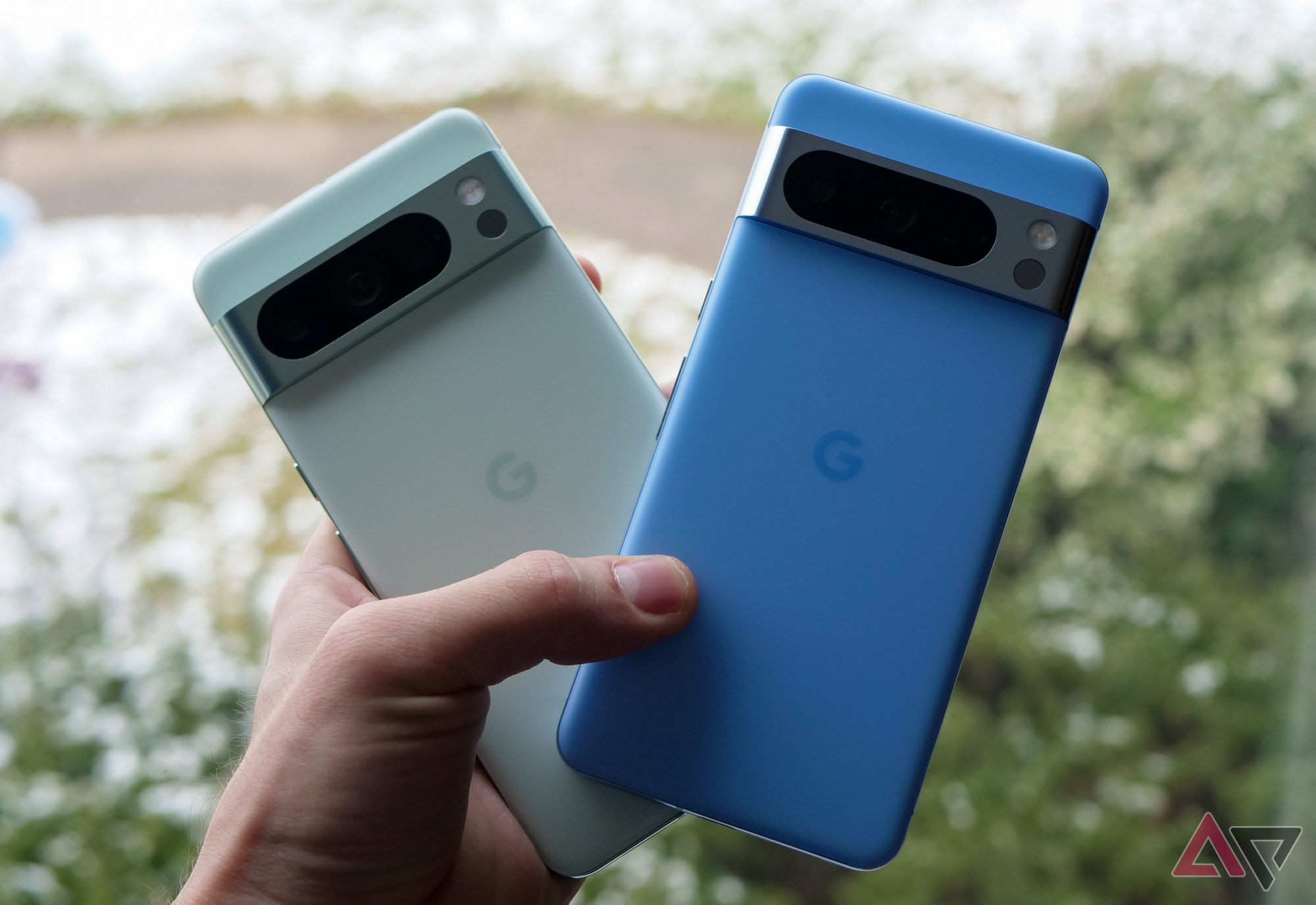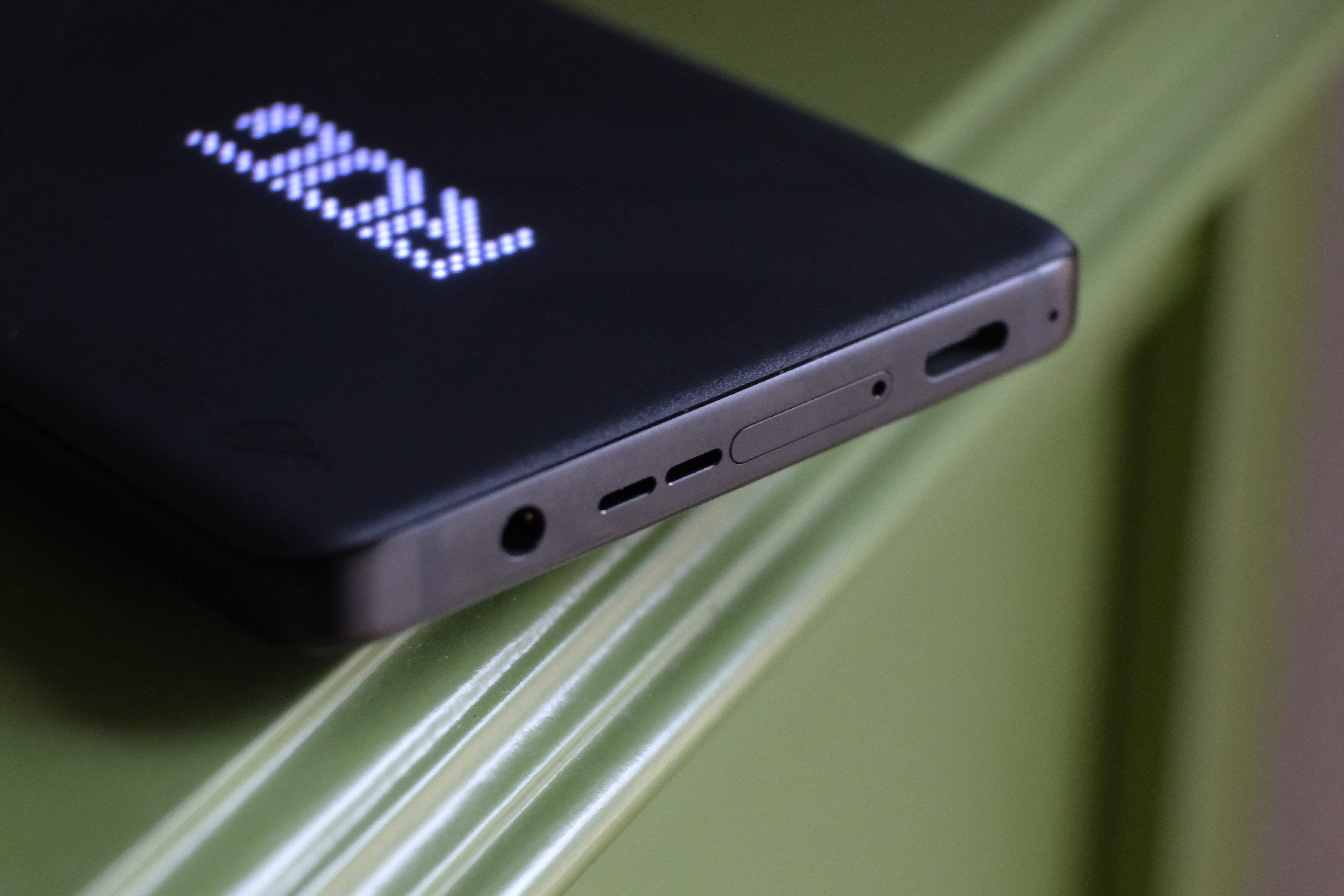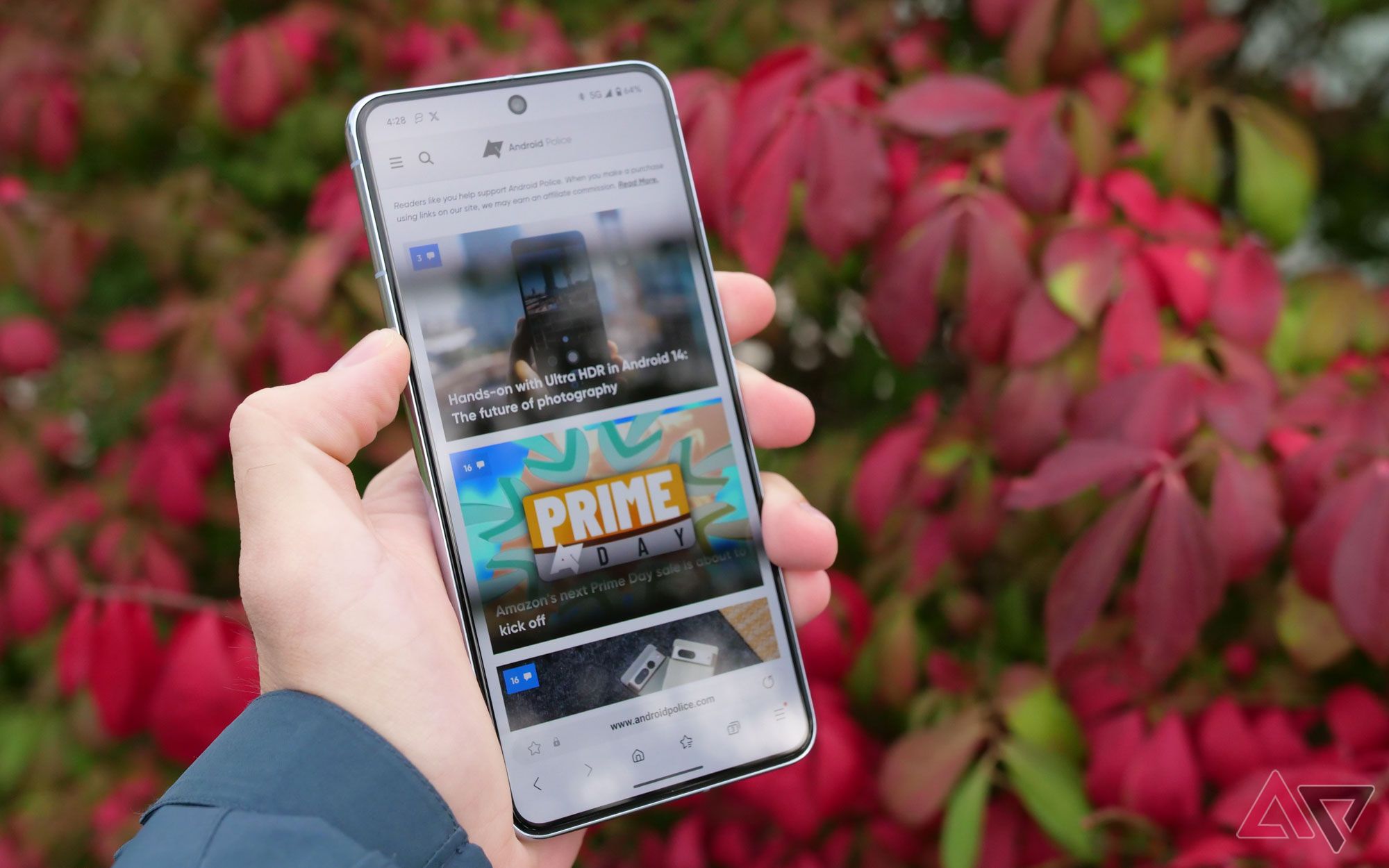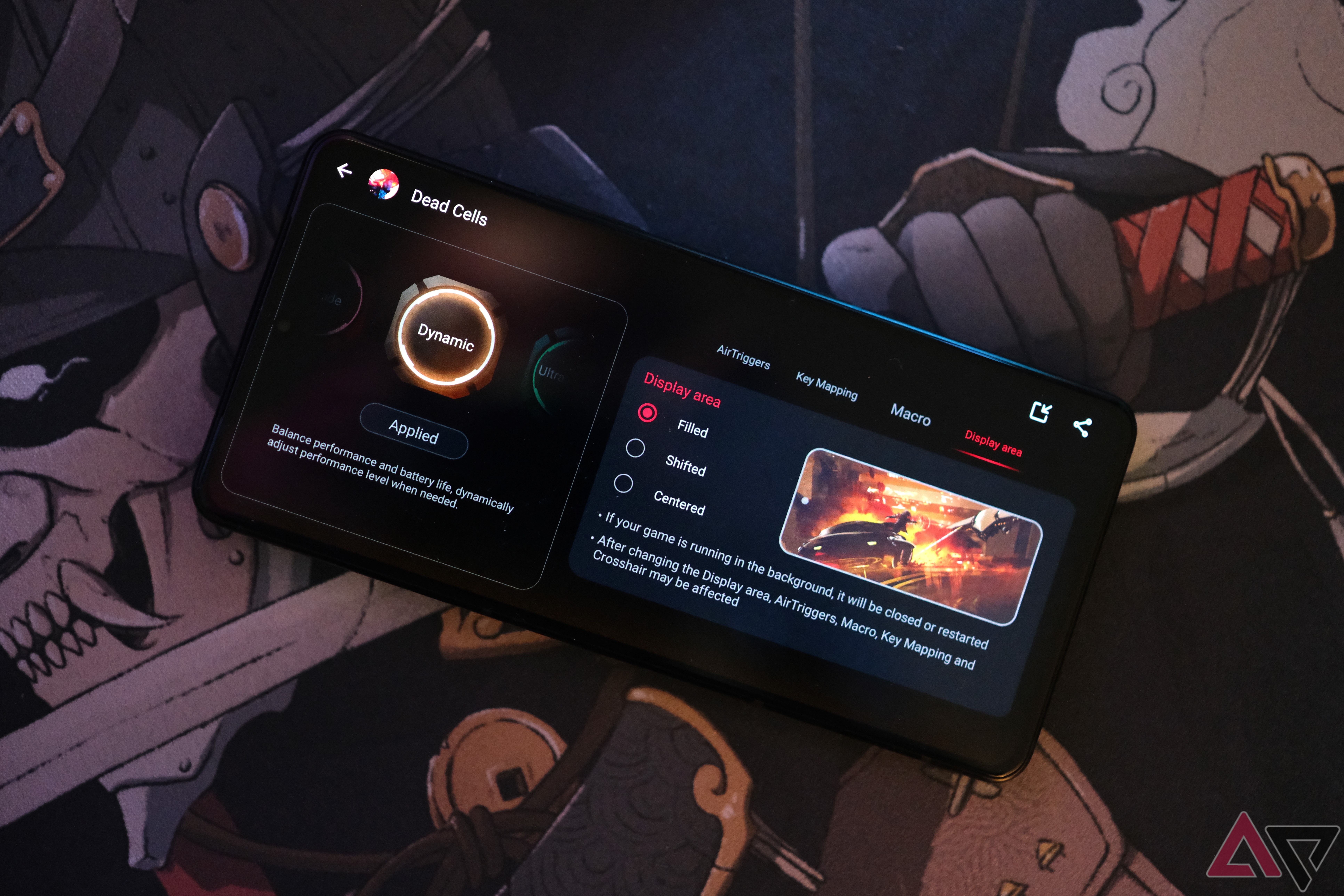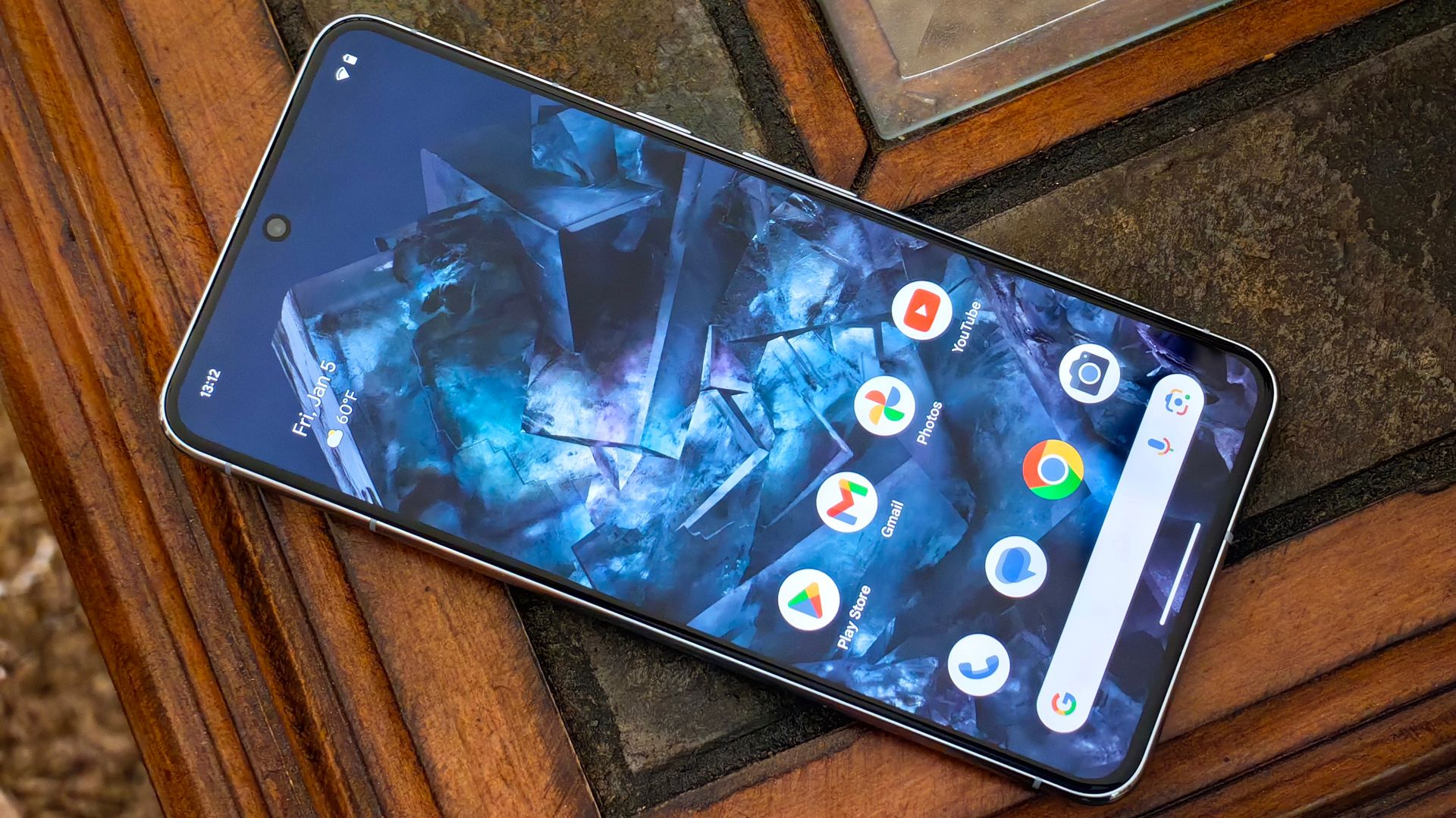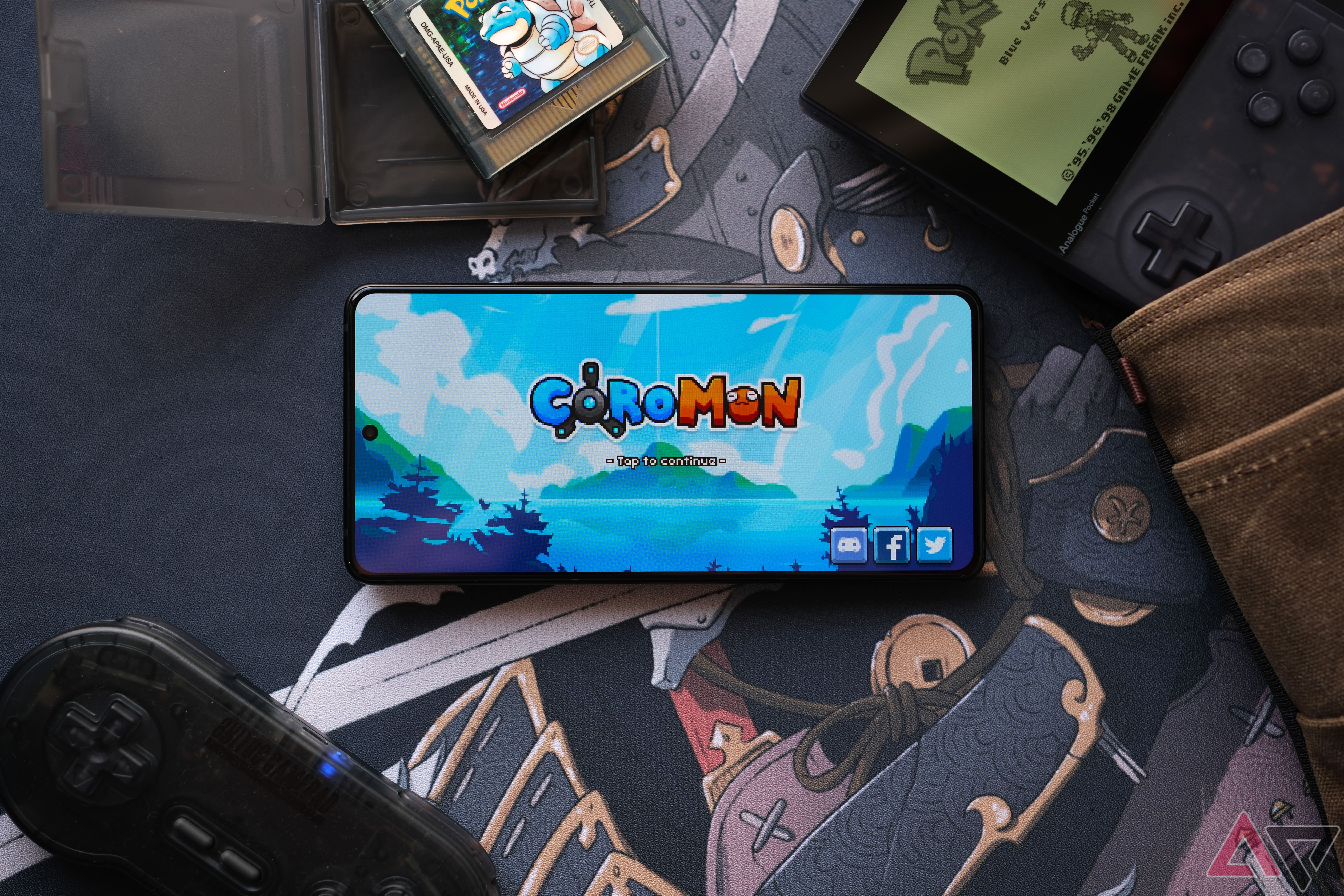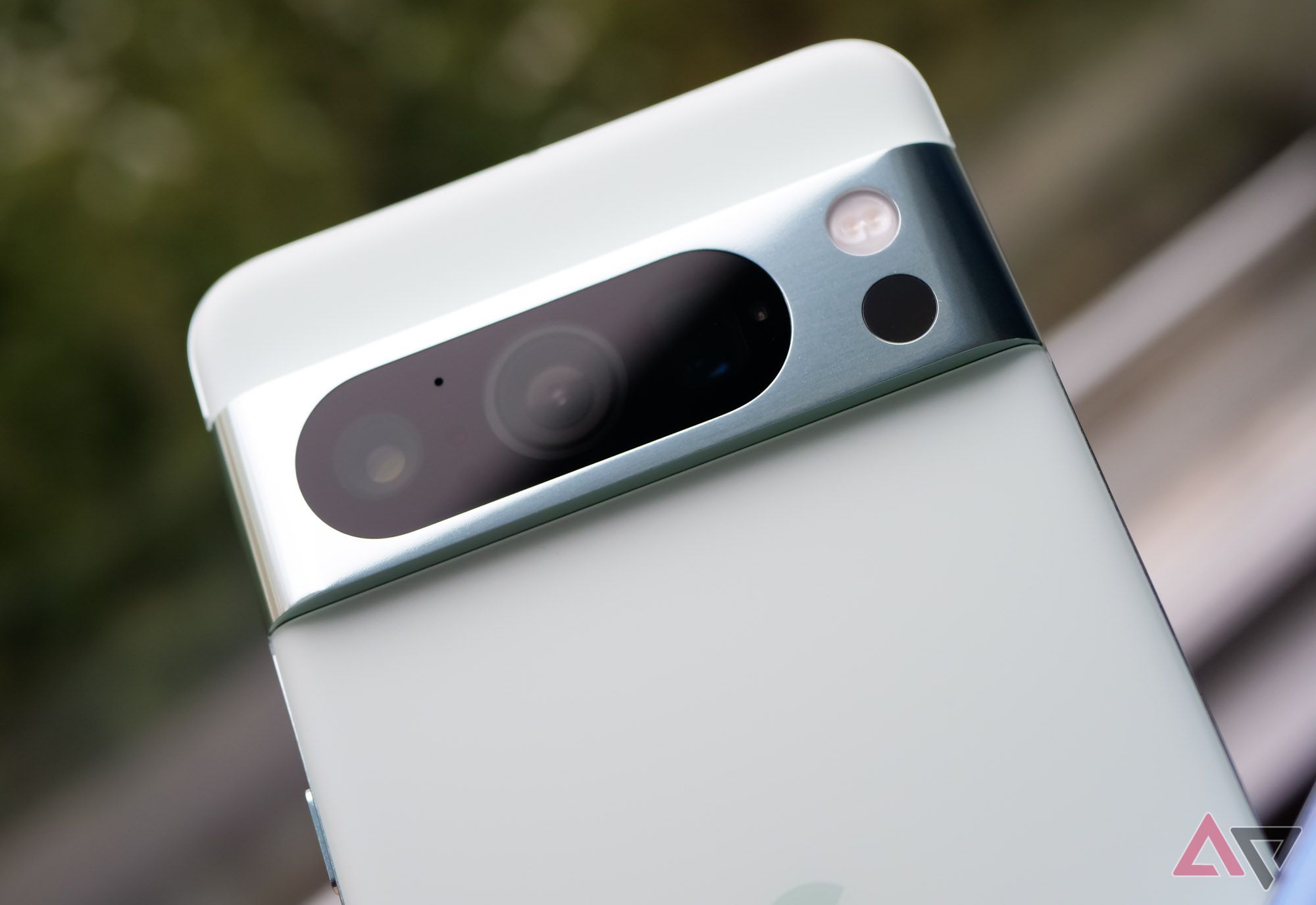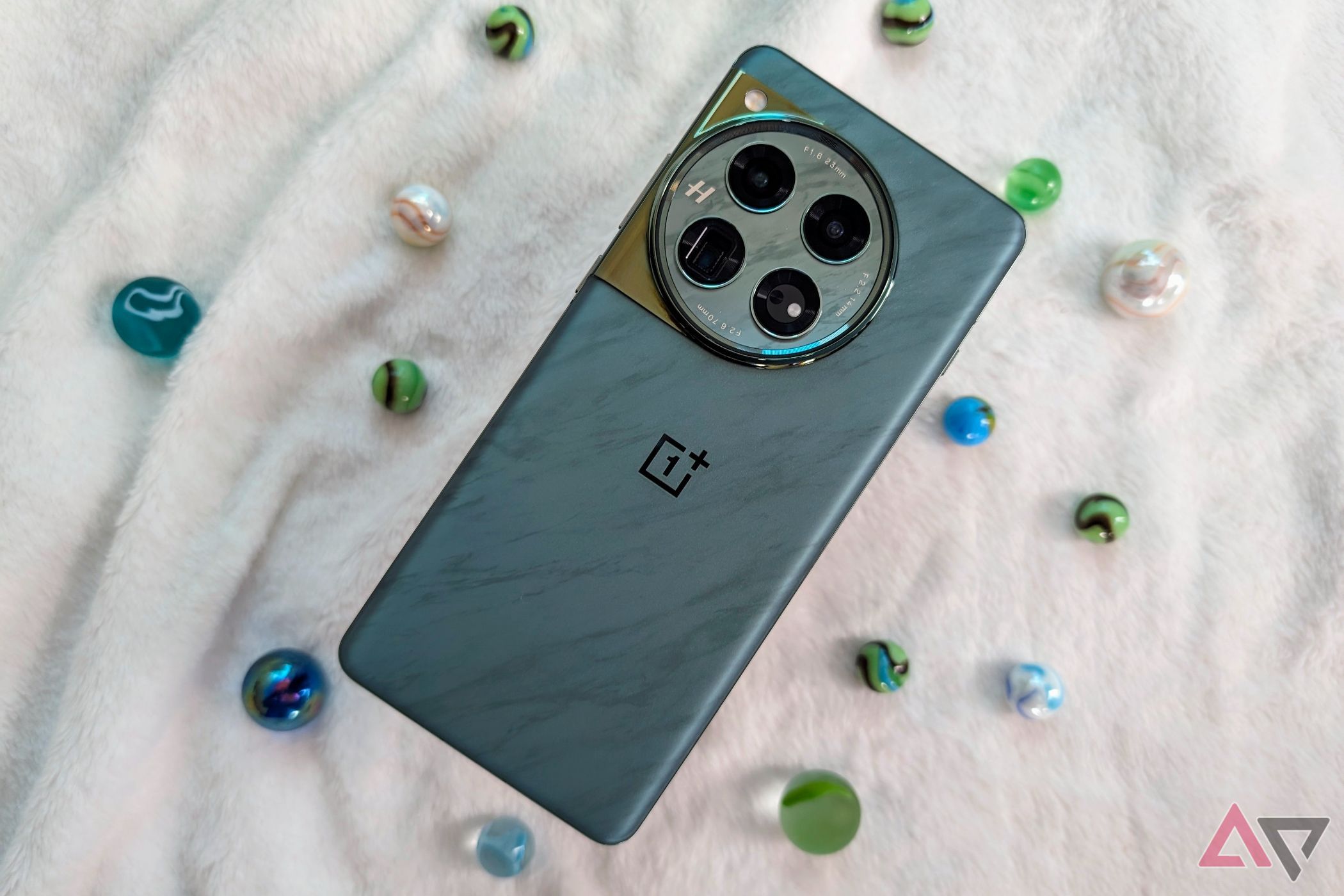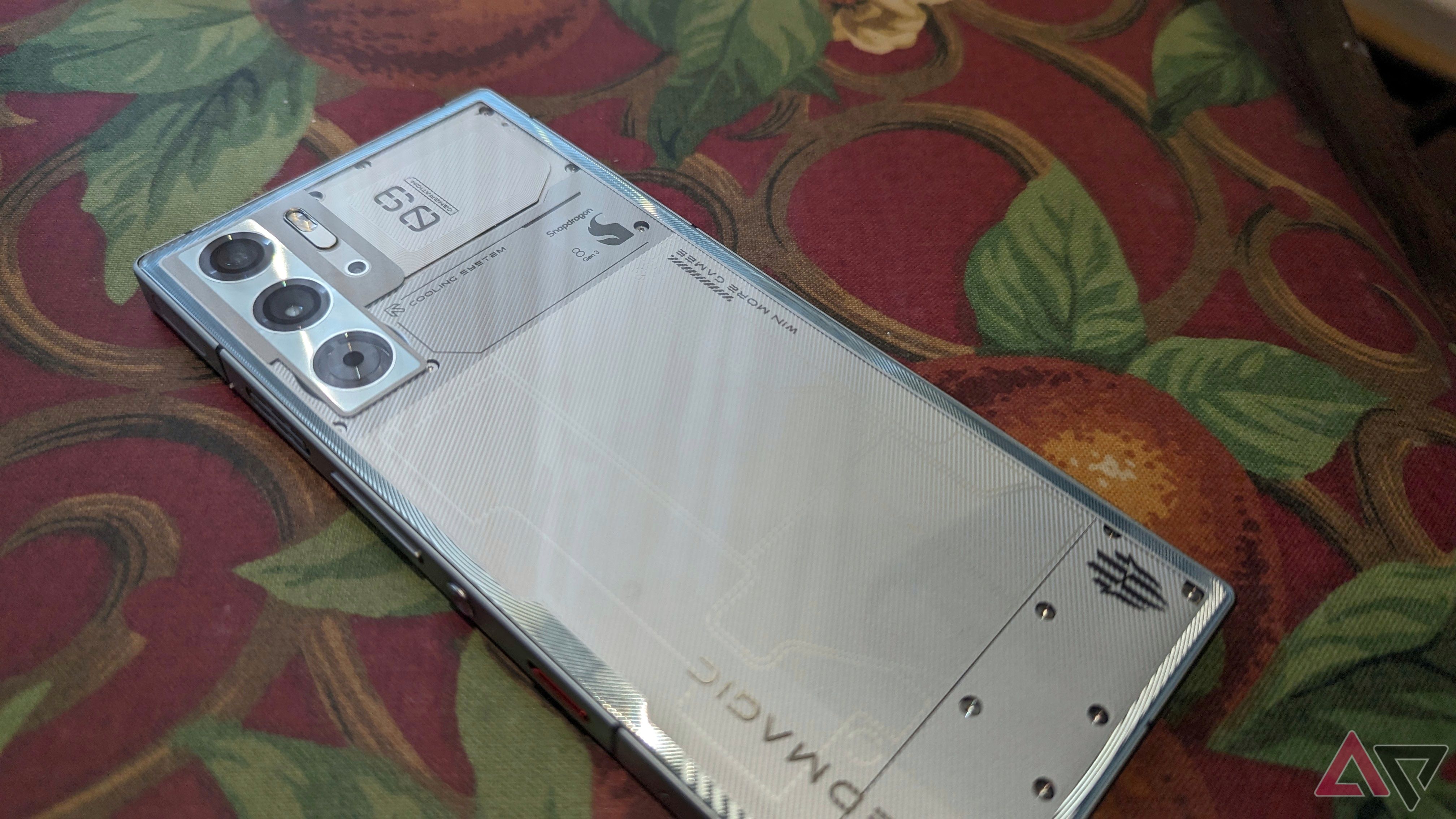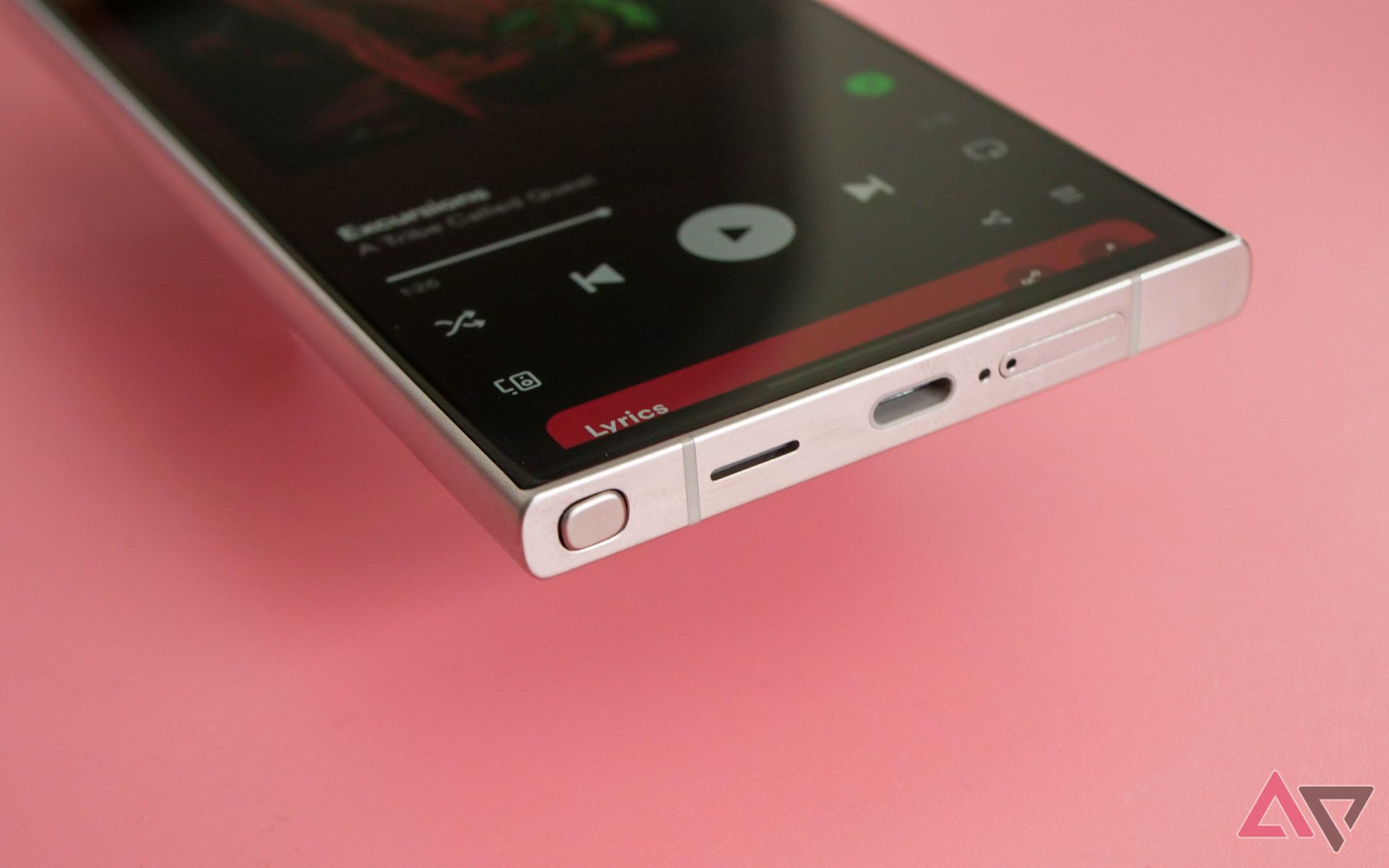-
Google Pixel 8 Pro
The complete package$900 $999 Save $99The Pixel 8 Pro is Google’s biggest, fastest, and best-supported phone yet, with a class-leading display, improved Tensor chip, and seven years of Android updates. Unsurprisingly, it also continues to see widespread praise for its excellent photo and video capture.
Pros- Subtle-but-important design updates
- Promising AI capabilities
- Industry-leading display and cameras
Cons- Uninspiring appearance
- Tensor chip still can’t match Snapdragon
- Not all AI features live up to their billing (yet)
-
Asus ROG Phone 8
Pure performanceAfter a couple of generations of ultra-gamer-aesthetic handsets, Asus dialed it back a bit with the ROG Phone 8. It’s still equipped with top-of-the-line hardware and a handful of game-centric optimizations, but it actually passes for a typical smartphone now.
Pros- Top-notch battery life and performance
- Pressure-sensitive, console-like trigger buttons
- One of the few flagships with a headphone jack
Cons- Annoying in-display punchhole camera
- No more dual front-facing speakers
- Inconvenient design and plastic back
The Pixel 8 Pro represents Google’s most refined model to date; it won both the Android Police editorial staff’s and Reader’s Choice awards for 2023. Asus, by comparison, has nursed a considerably smaller following but has made inroads into some enthusiast communities in years past, partly thanks to the efforts of the Republic of Gamers division.
But Asus took a slightly different approach with the ROG Phone 8, removing some of the more polarizing aspects, and molding it into a slightly more grown-up device. Other than size, it shares little in common with the Pixel, and will still appeal to a vastly different crowd.
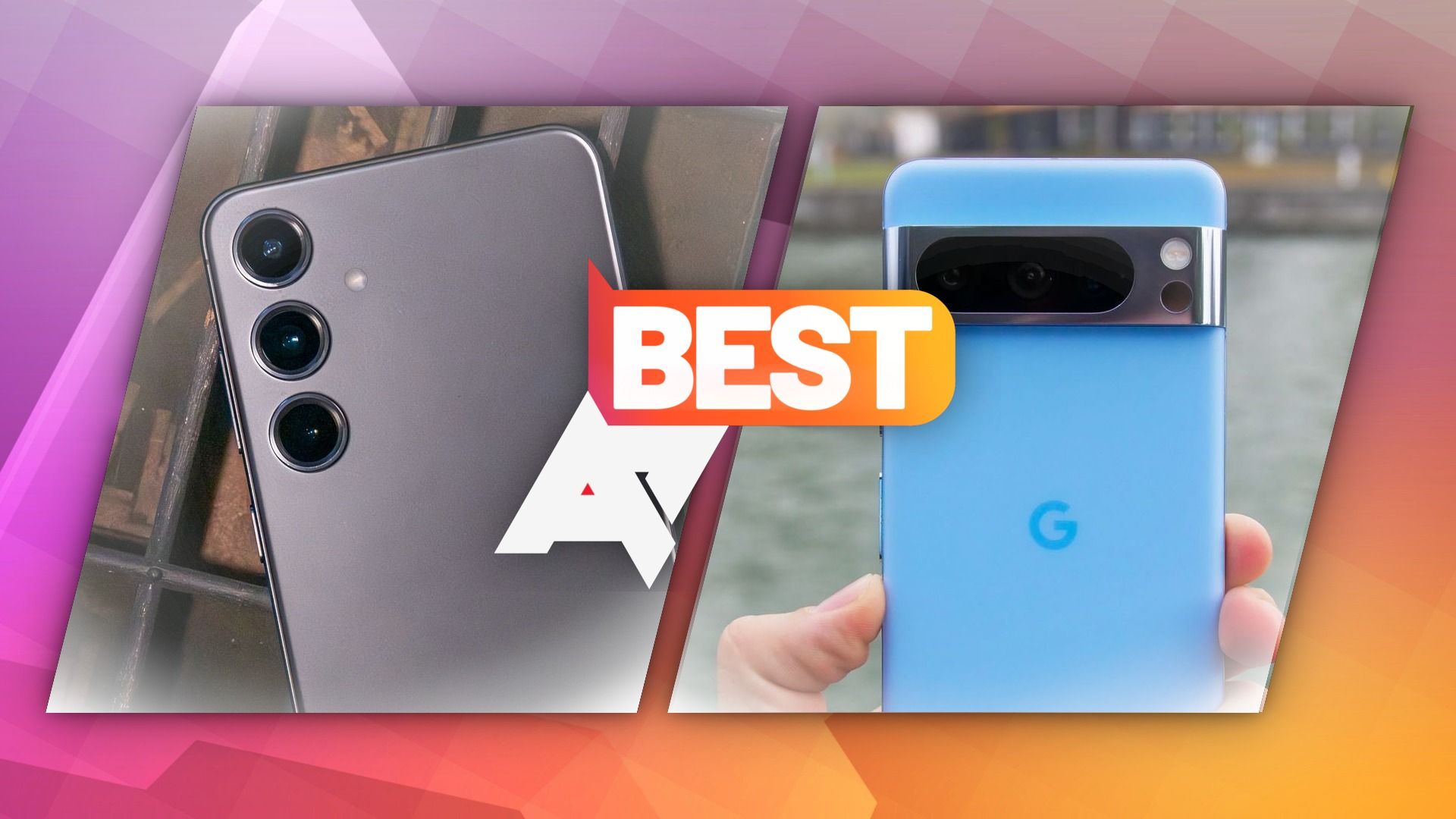
Best Android phones in 2024
In the market for a new phone? Get the best Android experience with these flagship phones
Price, availability, and specs
Google’s top-level flagship hit the $1,000 starting point for the first time in 2023, which wasn’t much of a surprise. Over a half-year later, it’s still readily available from Google, carriers, and third-party retailers, but only variants up to 512GB, and in that case, only in Obsidian (black) and Porcelain (off-white). If you want a Mint or Bay Pixel 8 Pro, you’ll have to settle for 256GB or 128GB or sign up for a waiting list.
The ROG Phone 8 technically comes in just a single version, with 12GB of RAM and 256GB of UFS 4.0 storage. However, the two Phone 8 Pros effectively serve as higher-tier versions, since they’re nearly the same. The only differences are upgrades to 12GB/512GB or 24GB/1TB, an AeroActive cooler at the highest level, and a slightly more angular, gamer-style design, including a set of customizable (but not very functional) LEDs on the exterior.
Asus and its small market share and lack of carrier tie-ins usually offer less availability, but at the moment, you can get your hands on any level of the ROG 8 from the manufacturer and various retailers. Of course, you won’t get anything in the way of carrier discounts or trade-ins.
-
Google Pixel 8 Pro Asus ROG Phone 8 SoC Google Tensor G3 Qualcomm Snapdragon 8 Gen 3 Display type LTPO OLED, 1-120Hz LTPO AMOLED, 165Hz Display dimensions 6.7″ 6.78-inch Display resolution 1344 × 2992 1080 x 2400 RAM 12GB 16GB Storage 128GB, 256GB, 512GB, 1TB UFS 3.1 256GB Battery 5,050mAh 5,500mAh Charge speed 30W wired, 18W wireless (with Pixel Stand 2), 12W wireless (Qi), 5W reverse wireless 65W wired, 15W wireless Charge options Wired, Wireless, Reverse wireless USB-C wired, Qi wireless Ports USB-C 3.2 OTG 2x USB-C, 3.5mm headphone jack SIM support Dual SIM (Nano SIM and eSIM) Dual Nano-SIM Operating System Android 14 Android 14 Front camera 10.5MP selfie camera 32MP, f/2.5 Rear camera 50MP main; 48MP ultrawide; 48MP telephoto 50MP, f/1.9 main; 13MP, f/2.2 ultrawide; 32MP, f/2.4 telephoto Cellular connectivity 5G (Sub-6 & mmWave), LTE 4G LTE, sub-6 5G Wi-Fi connectivity Wi-Fi 7 (Except certain markets), Wi-Fi Direct Wi-Fi 7 Connectivity UWB, NFC NFC Bluetooth Bluetooth 5.3 with aptX HD Bluetooth 5.3 Dimensions 162.6 × 76.5 × 8.8mm 163.8 x 76.8 x 8.9mm Weight 213g 225g IP Rating IP68 IP68 Colors Obsidian, Porcelain, Bay Rebel Grey, Phantom Black Stylus No No Price From $999 From $1,099
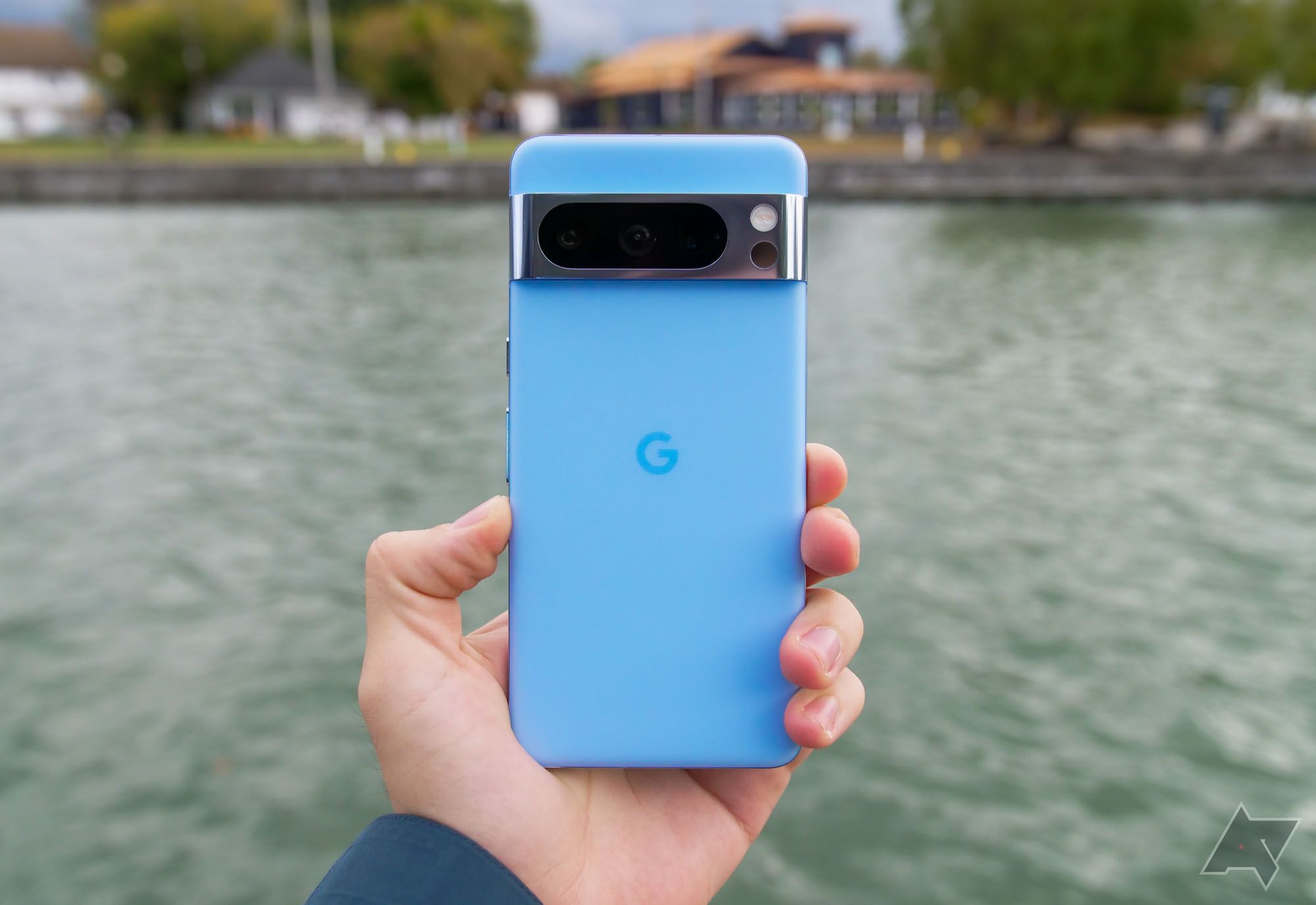
Google Pixel 8 Pro review: Living up to its name
If you want to see the future of Google, the Pixel 8 Pro is the phone to buy
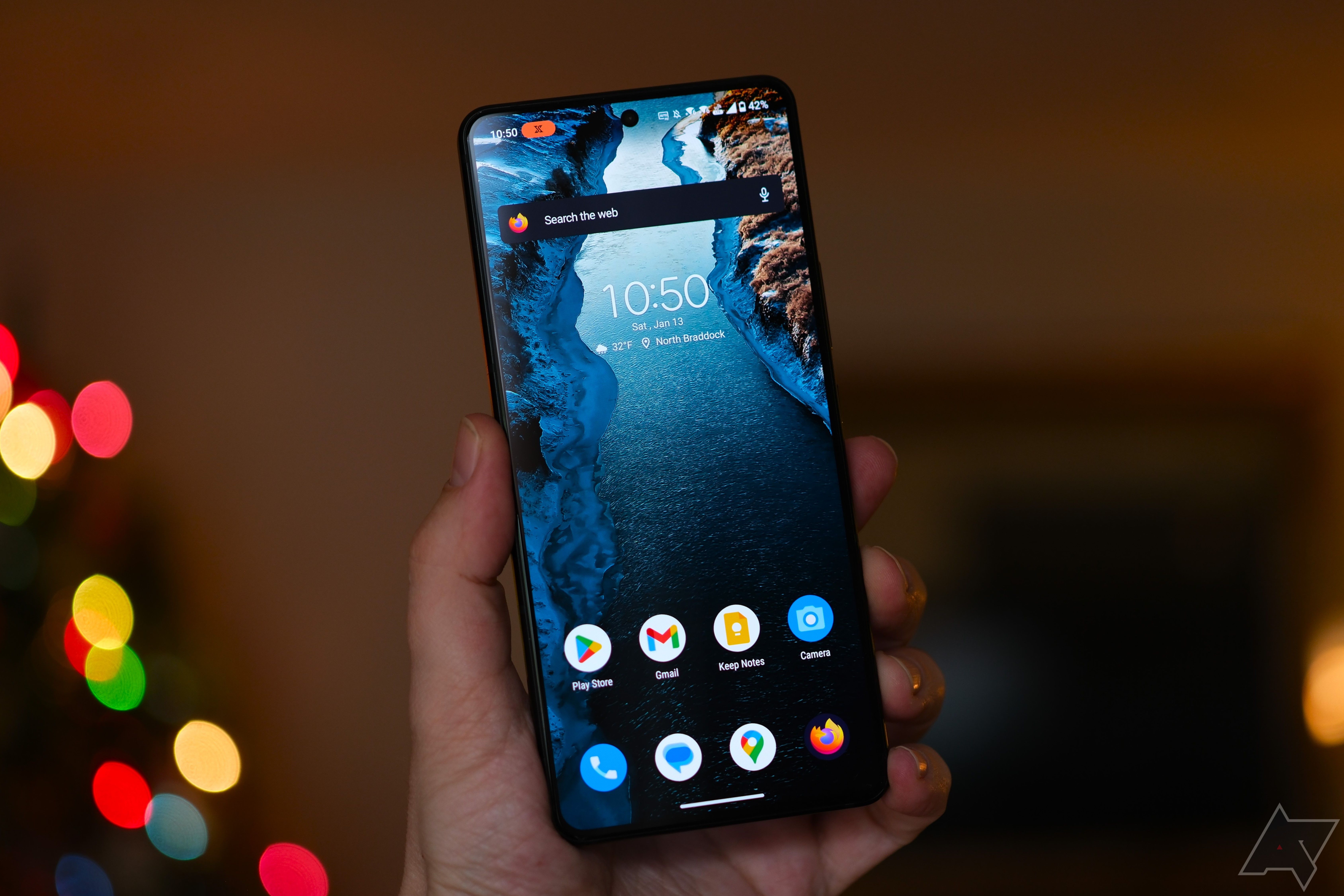
Asus ROG Phone 8 Pro review: I’m not sure this is a gaming phone
Asus has changed the ROG Phone formula, and I’m not convinced it’s for the better
Design
Almost as different as you could imagine
Google leaned all the way into its visor-and-curves aesthetic with the Pixel’s eighth generation, but it’s not without design updates. At first glance, you might barely notice the changes — especially if you haven’t held and used one yet. But the new matte exterior glass, flat screen, and redesigned visor make substantial differences in a phone that somehow managed to improve without really breaking any new ground.
Asus went the opposite way with the ROG Phone 8, removing some design elements that benefit gaming but have fallen out of favor with the public. Compared to the ROG Phone 7, its slimmer bezels, single front-facing speaker, and generally toned-down aesthetic make it friendlier for the professional, but it’s less obvious as a piece of gaming hardware.
It did, at least, graduate to an IP68 rating, and retains a little LED branding as well as its status as one of the top dual-SIM phones available stateside. Sadly, the gaming phone has been inexplicably downgraded to a slippery plastic back, which combines with a top-heavy construction to make it less-than-perfect to hold in either orientation.
Both strike a decent balance, rather than coming off overly gaudy or flashy. The Pixel looks nice, but not overdone, although its chromed-out visor does catch eyes (and likely needs some kind of protection). Even though the ROG is calmer than its predecessor, it still stands out from the many relatively boring slabs.
Display
Two of the best, but leaning different ways
Google managed to top 2022’s excellent Pixel display quality with something that rivals long-time industry leaders like the iPhone. An impressive brightness level, expansive color coverage, and near-unbeatable pixel density make it an absolute pleasure to behold. It’s every bit as great as the panel technology; the flat edges make this year’s big Google handset a clear winner for most people.
But Asus still has some tricks up its sleeve. Namely, a panel that can reach 165Hz in some games (general-use software’s still limited to 120Hz), and a brightness rating that matches the Pixel’s and nominally tops it by 100 nits at its peak (in high brightness mode).
But if you were considering the ROG specifically for gaming (which is most of the point), it sadly includes some less-than-rosy changes. The shrunken bezels make it a little more cumbersome to hold, and the punchhole camera (much to Games & Apps editor Matt Sholtz’s frustration) has no business being where it is.
You can mitigate both issues by letterboxing your games using Asus’ powerful game management software, but why pay for all that real estate if you can’t use it? What was Asus thinking when it put a big, black hole right in the middle of where many touch controls and HUD elements normally live?
Software
Google’s great, but don’t sleep on Asus
Google’s made a habit of reserving some of Android’s most interesting features for its Pixel devices, and that’s never been more true than now. Last week’s Google I/O centered entirely around AI and how it is clearly the future of the former search engine giant. With Google’s most powerful in-house system-on-a-chip and largest RAM configuration, the Pixel 8 Pro will almost certainly be the first to get the first in a long line of AI feature drops built on the Gemini platform.
Otherwise, Google’s Android carries on its slightly less flexible implementation compared to its biggest competitors. It’s not as restrictive as, say, Apple’s environment, but the launcher doesn’t give you quite the same freedom to customize or remove prominent design elements. That’s not usually a deal-breaker for most people, but it’s worth keeping in mind.
Asus may not have the same reputation for a novel interface, but it delivers a fantastic Android skin. There are tons of customization options to choose from, both functional and cosmetic, and the generally big, bold, high-energy animations will remind you it’s a gaming phone.
Two other reminders include the Game Genie and Armoury Crate software, which work together to manage, optimize, load, and benchmark your games. If you like customizable software and awesome Android games, the ROG 8 is a step ahead.
What’s more, Google’s porting of tools like Magic Eraser and Photo Unblur (as well as limited access to Magic Editor) over to the general Android release shows that it won’t hold all the new features hostage forever. But, even though the ROG’s hardware is better suited to handling demanding on-device machine learning computation, it’s still likely Google reserves its most coveted feature drops for Pixel devices.
Android and security update lifespans
Google broke the Android mold by offering seven years of complete Android updates, and so far only Samsung has followed suit. If you’re not too hard on your phone, it shouldn’t have much trouble holding up for seven years. However, in that time, it will have dropped far from future flagship performance and will need at least one battery replacement.
Asus maintains the two-year Android and four-year security update promise it gave for the previous two Zenfone releases. Maintaining yearly operating system updates for a phone doesn’t come free, and Asus is one of the many manufacturers hesitant to match the industry leaders’ offers. This is only slightly ironic, given the massive difference in the hardware driving these devices.
Performance
Where paths continue to diverge
Google relied on its in-house Tensor system-on-a-chip (actually manufactured by Samsung Semiconductor) for the third generation in a row to a similar outcome as the last two times. On paper and in the real world, it just can’t hang with the class-leading Snapdragon 8 Gen 3. Qualcomm’s flagship offering uses the latest-generation ARM cores, and while it is 8 to the G3’s 9, all but two boast the same or higher clocks than every single Tensor core.
The result is a roughly 30% single-core and 70% multicore performance advantage for the Snapdragon. That’s borderline mind-boggling for the SoCs of two similarly priced flagship phones released within months of each other.
No, the Tensor G3 isn’t terrible
We’re not saying the Tensor G3 will leave you hanging indefinitely when switching between basic apps or lagging for seconds when trying to take a picture. Quite the opposite — the Pixel 8 Pro performs well in day-to-day use, with few major hiccups outside notably heavy use cases.
But to experienced users, the difference is palpable. A top-dollar device seemingly deserves top-level performance, but Google doesn’t appear able to provide that on its homegrown silicon. If you demand a lot from your mobile device — especially in the way of frames per second in advanced mobile games — there’s only one clear choice here, and that’s the ROG.
Will the Tensor G3 still work well years down the line, after the ROG Phone 8 has stopped receiving updates? Sure. But it won’t ever deliver the same formidable number crunching, may run a little warmer and throttle in some implementations, and might not quite approach the battery efficiency of its rival.
ROG pushing gaming performance to the edge
Asus’ kinda-gaming phone boasts other advantages, too. The extra 4GB of RAM pairs nicely with the SoC to deliver smooth gameplay at the highest settings. If you’re really dedicated, the Phone 8 Pro’s 24GB of RAM goes over the top, as does the AeroActive cooler bundled free with the top variant.
The ROG also boasts pressure-sensitive trigger zones that mimic console buttons to streamline the experience. And high-intensity gaming that includes large amounts of assets is one of the instances where UFS 4.0 could help out (however slightly — but, hey, shaving a couple of seconds off each loading screen could add up). Look all you want, you won’t find the Pixel 8 Pro’s performance besting the ROG Phone 8’s in any area.
Battery life
Asus wins and then piles it on
All that hardware we just talked about the ROG having doesn’t just make it faster. Everything runs through the SoC, and the Snapdragon squarely beats the Tensor while also drawing less energy. The ROG also sports 10% more battery capacity to start with, and when it starts to dip, 65W fast charging rights the ship quickly.
These three aspects combine to make the ROG Phone 8 one of today’s best phones for battery life. It can power through gaming sessions without breaking a sweat and lasts multiple days without said resource-intensive software.
If your phone doesn’t typically see hours of heavy loads every day, you might not have issues with the Pixel 8 Pro’s efficiency. It’s a big step forward from its lackluster predecessors, and we were pleasantly surprised to see it routinely lasting about a day and a half of moderate use.
The Pixel’s still languishing at 30W charging, and if we’ve criticized Samsung for its flagships’ charging, Google ought to be downright ostracized. But, if you don’t multitask, play 3D games, or engage in other typically heavy-draining activities, the Pixel 8 Pro’s battery life should honestly serve you well from day to day.
Cameras
The other biggest deciding factor
These days, they’re cameras first and phones second for many people. Google has, to the breathless praise of Android Police and countless other outlets, essentially mastered the point-and-shoot smartphone photography experience. It also sees the latest and greatest AI touch-up features, including unlimited Magic Editor use, but excels even before the ML algorithms enter the fray. It also offers the Pro Controls mode its smaller sibling lacks.
Often, opposing phones crumble under the Pixel Pro’s camera competition, but Asus is stepping up its game, at least a little. Its signal processing is better than ever and uses its own AI-powered tools to a similar effect as Google’s.
The ROG 8 doesn’t quite offer the consistently near-perfect, one-touch results of the Pixel Pro, but it’s definitely no slouch. It excels in one big way with an internal six-axis gimbal that does an excellent job stabilizing video. You’d be forgiven if you were cautious about the imaging capabilities of a supposed gaming phone, but in the ROG 8’s case, there’s nothing to worry about.
Still, the top-shelf Pixel excels for most users. If you find yourself tracking memories, making art, and posting to social media considerably more often than playing demanding games, the Pixel will probably satisfy you more.
The competition
Two large-format phones clearly stand out above the rest
Somewhat comparable to Asus, OnePlus doesn’t have a huge US market share, and its OnePlus caters to a somewhat more niche audience, often consisting of power users. And similar to ROG fans, OnePlus followers can be a particular bunch.
The OP12 delivers excellent performance that, while losing out to the Asus on a few minor features, checks in similarly ahead of the Pixel 8 Pro. But the real kicker is that OnePlus’ flagship demands $200 and $300 less than the Pixel 8 Pro and ROG 8, respectively, with frequent $100 discounts.
If cameras hardly matter to you, but performance is key, Nubia’s latest gaming phone is worth a look. It matches the ROG 8’s performance while costing considerably less and looking a heck of a lot cooler. Despite its decidedly futuristic aesthetic, it’s not all that gaudy. There’s even a cooling fan to ensure nothing overheats and shoulder triggers that some users prefer to ROG’s.
Its biggest fault is that the cameras mostly fall flat. They work but lack saturation, contrast, and exposure in anything but great lighting. The selfie camera is also remarkably bad for something so expensive. But if you don’t care about that, it’s a close competitor to Asus’ latest gaming phone.
To many people, Samsung’s Galaxy S24 Ultra has the Android experience nailed. OneUI is commonly extolled as intuitive, flexible, easy to customize, and packed with useful and novel features. Its multitasking, particularly the Samsung Dex desktop simulation experience, is second to none. And it’s one of the few that might actually top the Pixel in terms of display quality while destroying it in terms of performance.
Unfortunately, Samsung has yet to perfect its image processing, and left us underwhelmed at best, and gobsmacked at worst, when simply trying to take pictures of moving objects at dusk. While The S24 Ultra takes great pictures and videos, it’s not as streamlined as the Pixel experience. The Asus has the upper hand in some ways, too.
Which is right for you?
Rather than nuance, the answer depends on one simple question: Do you game? If the answer’s anything but a resounding, “Yes, a lot,” the Pixel 8 Pro is likely a better choice. It’s slightly better in most ways except performance and boasts a massively longer software lifespan in addition to Google’s constant onslaught of AI novelties. And the picture-taking abilities have yet to see close competition.
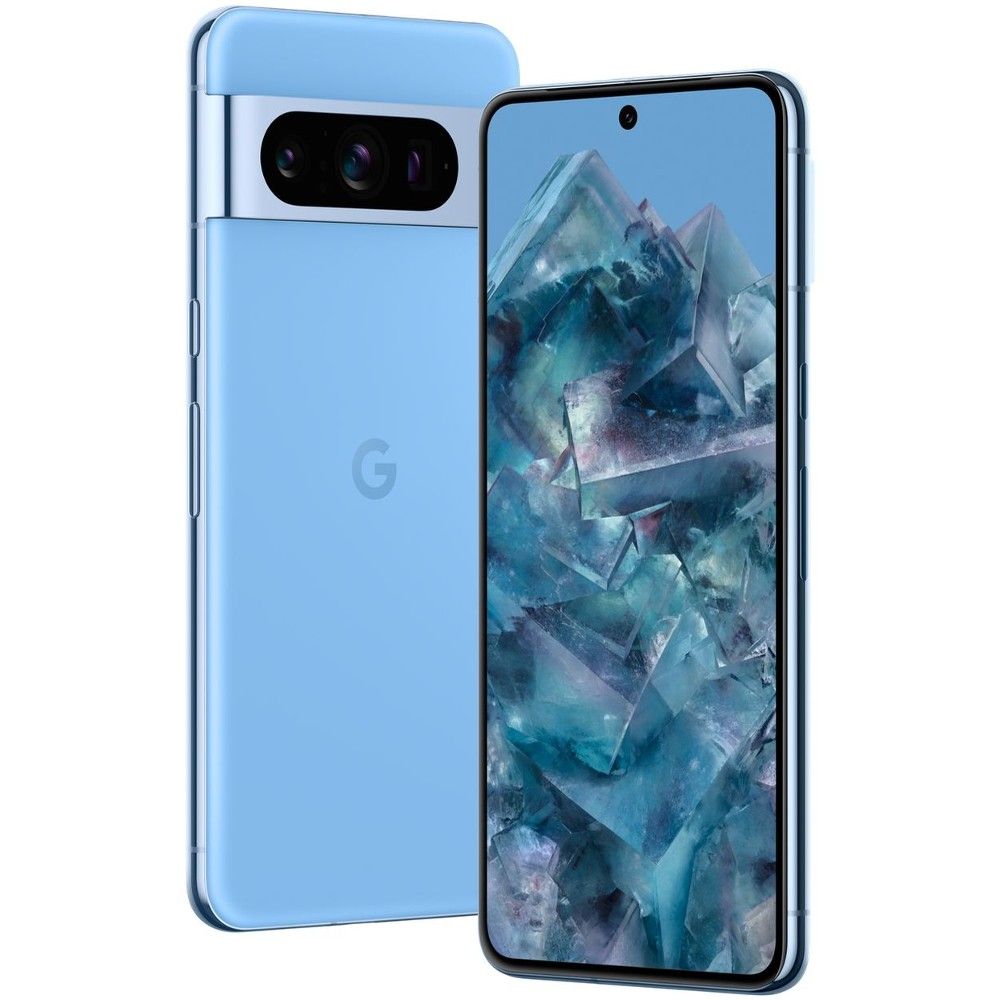
Google Pixel 8 Pro
Few weaknesses, other than the Tensor chip
The Pixel 8 Pro sports all-day battery life, a bright and colorful display, refined and focused software, and an increasing host of fun and helpful machine learning-based features. With a battery replacement or two, it should easily last its promised seven years of updates.
Alternatively, if you play demanding games like Genshin Impact and want peak graphical fidelity, get the ROG Phone 8. It’s a better performer by a mile and even better equipped overall for gaming than phones with comparable internals.
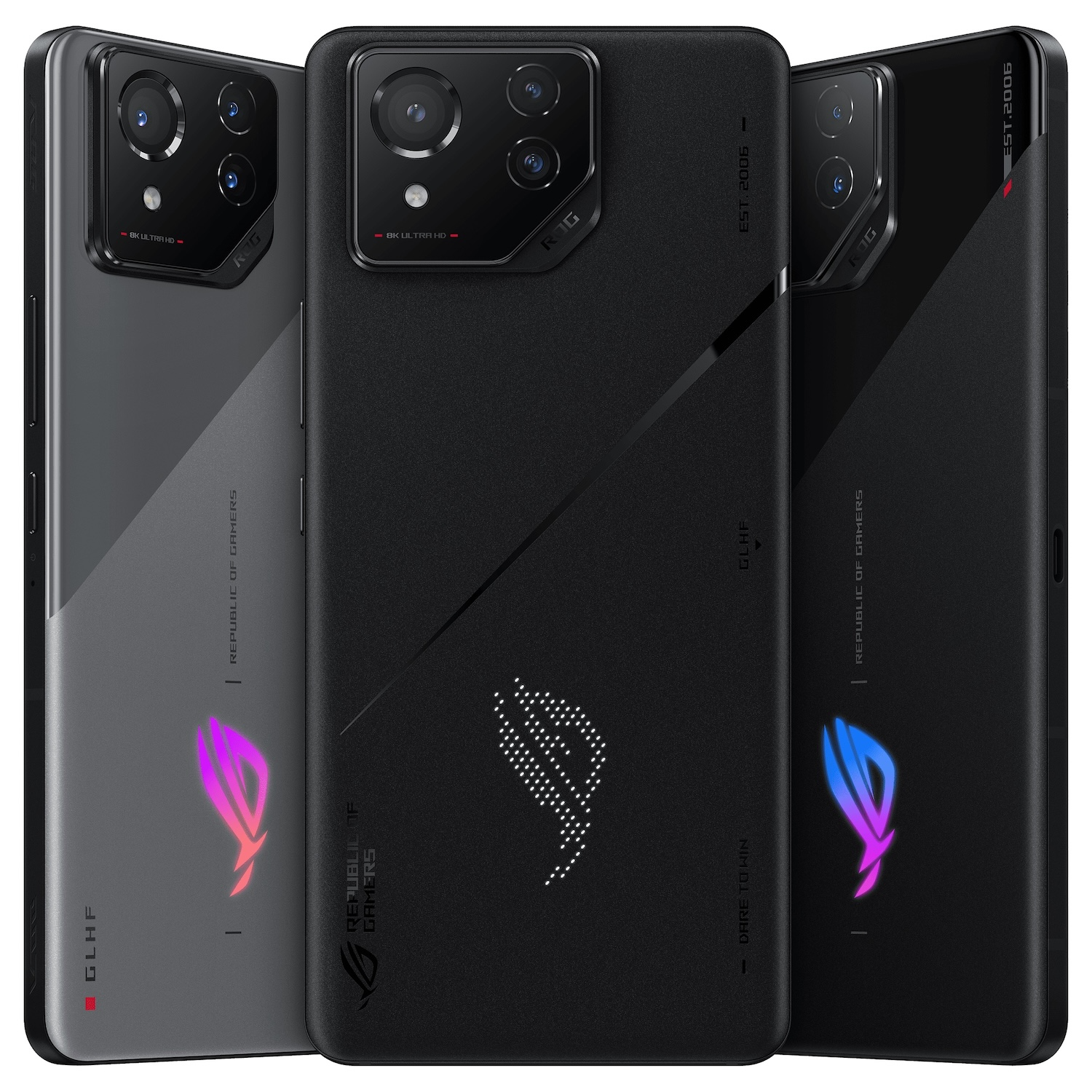
Asus ROG Phone 8
A gaming flagship that hardly looks like it
If you insist on peak performance, the ROG Phone 8 has it. It’s not quite as angry-looking as the ones that came before it, but still packs a mean punch courtesy of the Snapdragon SoC and 16GB of RAM inside.




